This Experiment was flown on STS-73, USML-2. Previously flown on USML-1. The Surface Tension Driven Convection Experiment apparatus allows investigators to view in great detail the basic fluid mechanics and heat transfer of thermocapillary flows, motions created within fluids by non-uniform heating of their free surfaces. Temperature variations cause irregularities in the fluid's surface tension (the force which makes an unhindered liquid surface tend to form a sphere, like a raindrop), which in turn triggers flows in the fluid. This thermocapillary flow, then, can also be referred to as surface-tension-driven convection. The facility uses a laser diode to illuminate particles suspended in silicone oil. Particle motions due to fluid flows, created by heating the oil either internally or on its surface, are recorded by a video camera attached to a chamber viewport. An infrared imaging system records oil surface temperature. A third camera, in concert with an optical measurement system, is used to monitor oil surface deformations and motion.[1]
[1] User Sparkr13
- Log in to post comments

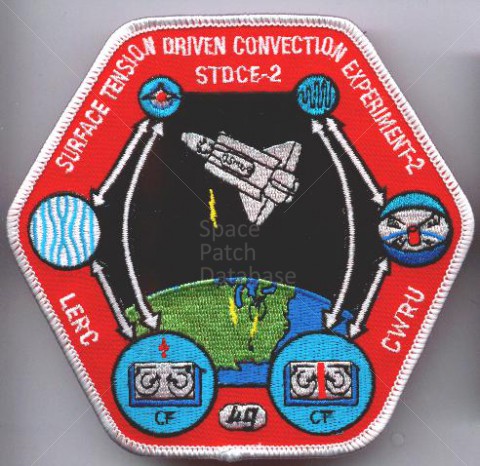
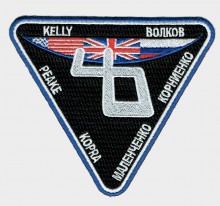
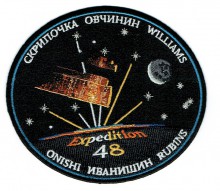
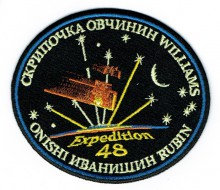
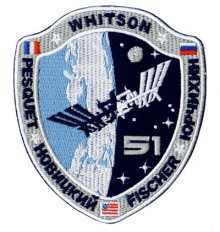
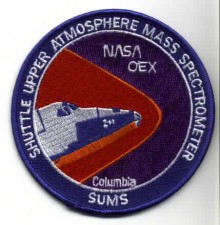
2 comments
This Experiment was flown on
Thank you! Attributed!